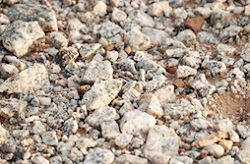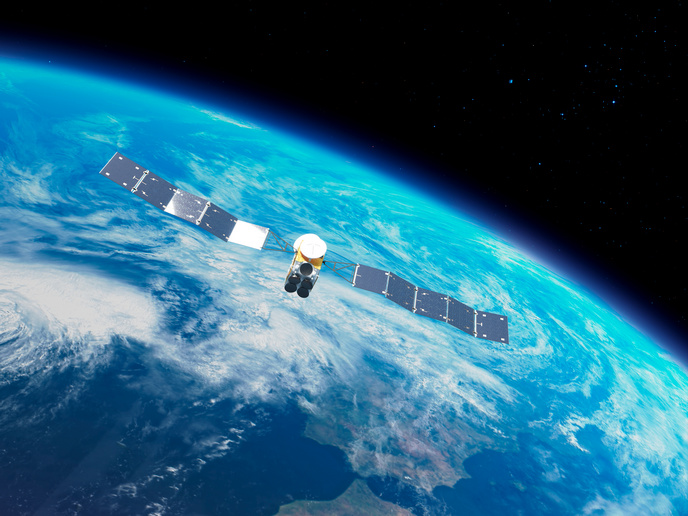Exploring the Sun's waves
Helioseismology is an emerging area in solar physics that studies the symphony of sound waves moving in and out from the Sun’s surface. These checkerboard patches of activity represent the millions of different vibrational modes that are the natural harmonics of the Sun, oscillations generated and trapped inside it. They are the only window astronomers have onto the Sun's interior and astronomers use them much as seismologists use the vibrations of an earthquake to study the Earth's interior. Until recently, helioseismology relied strictly on hydrodynamical models with equations describing the motion of fluids. The scientific community is now in relative agreement that magnetic fields must be taken into account when using the seismic data to infer properties of the solar plasma, the corona extending more than 1 million km from the Sun's surface and the source of the solar wind. The EU-funded project 'Coronal seismology and magnetoseismology' (CSAM) sought to increase understanding of the coupling between magnetohydrodynamic (MHD) waves at the solar surface and in the corona to advance the field of coronal seismology. The sound waves are generated by pressure fluctuations and so the modes of vibration are called p-modes. Scientists studied the relationship between two models, one of p-modes from the realm of helioseismology and one of coronal loops — structures created due to solar magnetic flux and a topic of coronal seismology. Theoretical investigations demonstrated that the two models cannot be strictly separated. The common theoretical framework developed within the project offers exciting potential to assess the coupling between oscillations at the solar surface and those in the corona. Studies also provided new insight into the problem of resonant absorption, a form of damping of coronal loop oscillations. Coronal seismology is a new and rapidly expanding field of astronomy and CSAM researchers have made an important contribution. Theoretical descriptions of the coupling of MHD waves at the Sun's surface and in the corona open the door to fascinating new hypotheses in coronal seismology. Further research could demonstrate correlation with data collection on current and future space missions.







